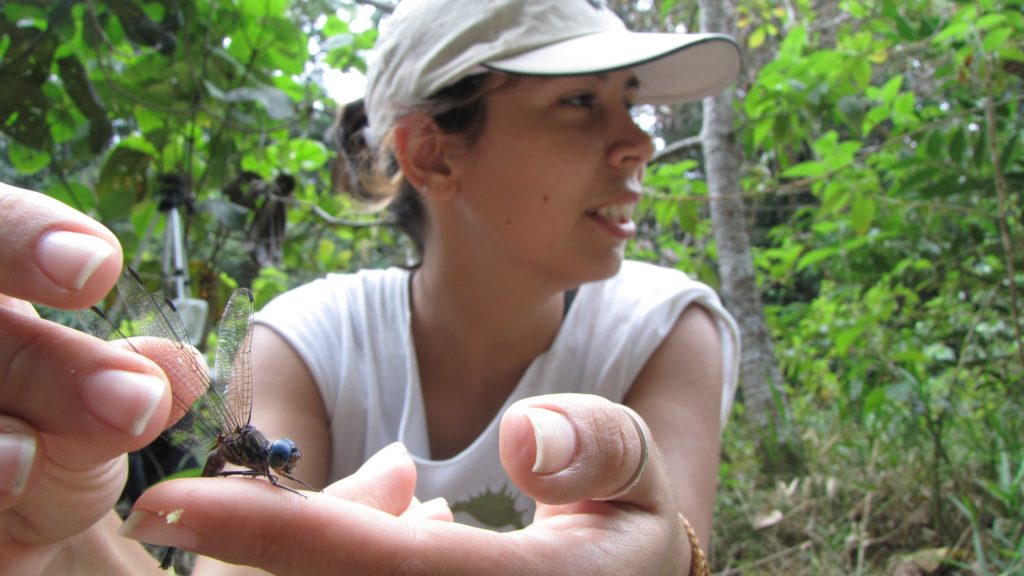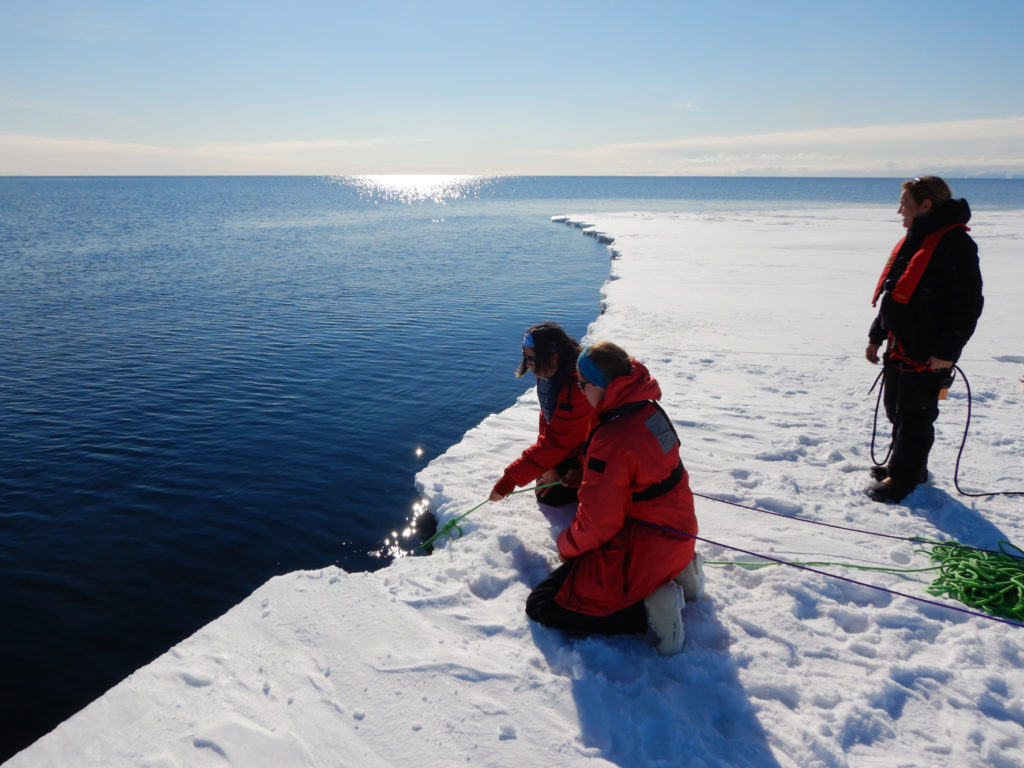What bug is that? Mobile DNA sequencing in your pocket
Identifying animals, plants and microbes is important for many industries and activities, including agriculture, forestry and fisheries, human disease, biosecurity, water management, and biodiversity conservation.

Luana on a field trip in the Amazon in 2009. Credit: Tiago Porto.
But, species identification is often a complex and time-consuming task. Historically it is based on the shapes and similarities of body parts that are often hard to examine without specialized equipment and require expert knowledge for interpretation.
In the past decade DNA sequencing has revolutionised species identification through a technique known as DNA barcoding. DNA barcoding involves obtaining a DNA sequence from an unknown specimen of interest and comparing it to a reference library of DNA sequences belonging to known species.
Yet, until very recently DNA sequencing still needed large equipment based in a laboratory, making it a slow process. Mobile DNA sequencing is an exciting emerging hand-held technology that has the potential to enable real-time species identification in the field.

Luana (on left) with Kirstin Meyer conducting field work in Antarctica. Credit: Luana Lins.
Currently, the new mobile technology leads to a high error rate when producing sequences. The challenge for this project is to experiment with different laboratory protocols that will result in DNA sequences with fewer errors. We will be able to match these sequences to the sequences being produced by the FSP project ‘Mobilising collections through genomics’.
With accurate sequencing and good reference material, we will enable highly responsive management of biodiversity and biosecurity threats.
Project Leader: Dr Luana S.F. Lins (Environomics FSP Postdoctoral Fellow)
